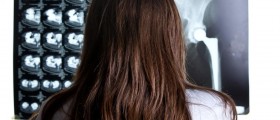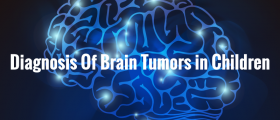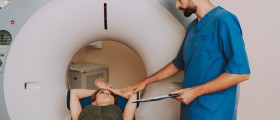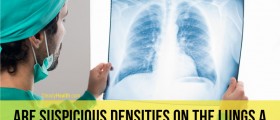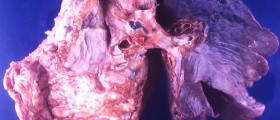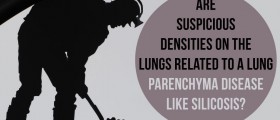Overview
The device uses computer processing to create sliced images of anatomical structures such as soft tissues, bones, and blood vessels.
A CT scan is a very useful investigation as it helps to:
- Determine the precise location of a blood clot, tumour, or infection.
- Diagnose bone or muscle disorders such as fractures.
- Discover and monitor conditions such as heart disease, liver masses, lung nodules, and cancer.
- Find internal injuries and the location of internal bleeds.
- Assist with guiding procedures such as radiation therapy, biopsies, and interventional surgeries.
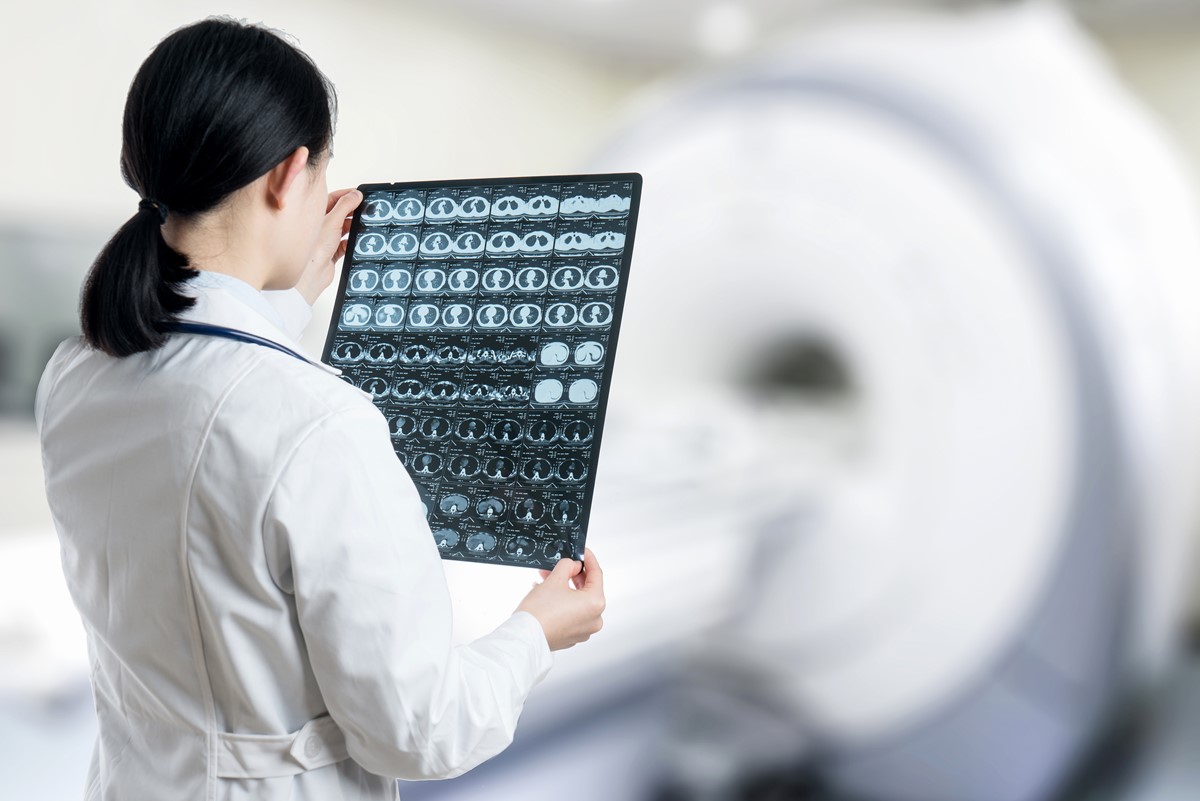
Risks
Since CT scans do expose one to ionizing radiation, there are certain risks associated with the investigation such as a slightly increased risk of developing cancer.
Regarding pregnant women, it is unlikely that the radiation emitted by a CT scan would cause any issues to the developing fetus but doctors may rather recommend performing another investigation that doesn't make use of radiation such as an ultrasound or an MRI (magnetic resonance imaging).
A special dye called contrast material may need to be administered to a patient having a CT scan performed on them in order to help highlight the areas of the body that are being investigated. This product can be administered by mouth or inserted into the rectum, but can also be injected through a vein in the arm so that it can travel throughout the body and highlight internal organs that may contain pathology.
Side Effects of Contrast Material
The two main types of contrast material are barium and iodine. The former is ingested orally or given rectally and the latter is the one that is injected through a vein. Iodine-based contrasts have been noted as the ones where patients experienced problems such as allergic reactions and decreased kidney function after administration of the product.
If the drug leaks into nearby tissue, such as may occur when the intravenous catheter that needs to be passed into the vein infiltrates the surrounding tissue, a toxic reaction may occur resulting in inflammation and swelling of the affected area which may lead to compression of the surrounding nerves and blood vessels.





